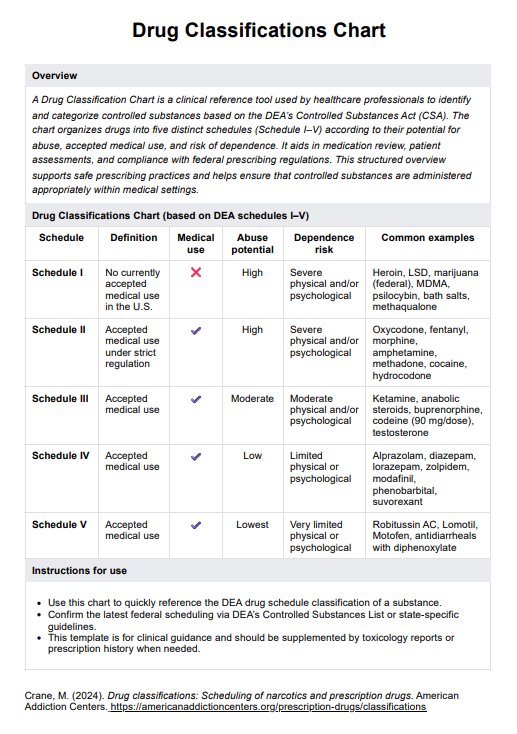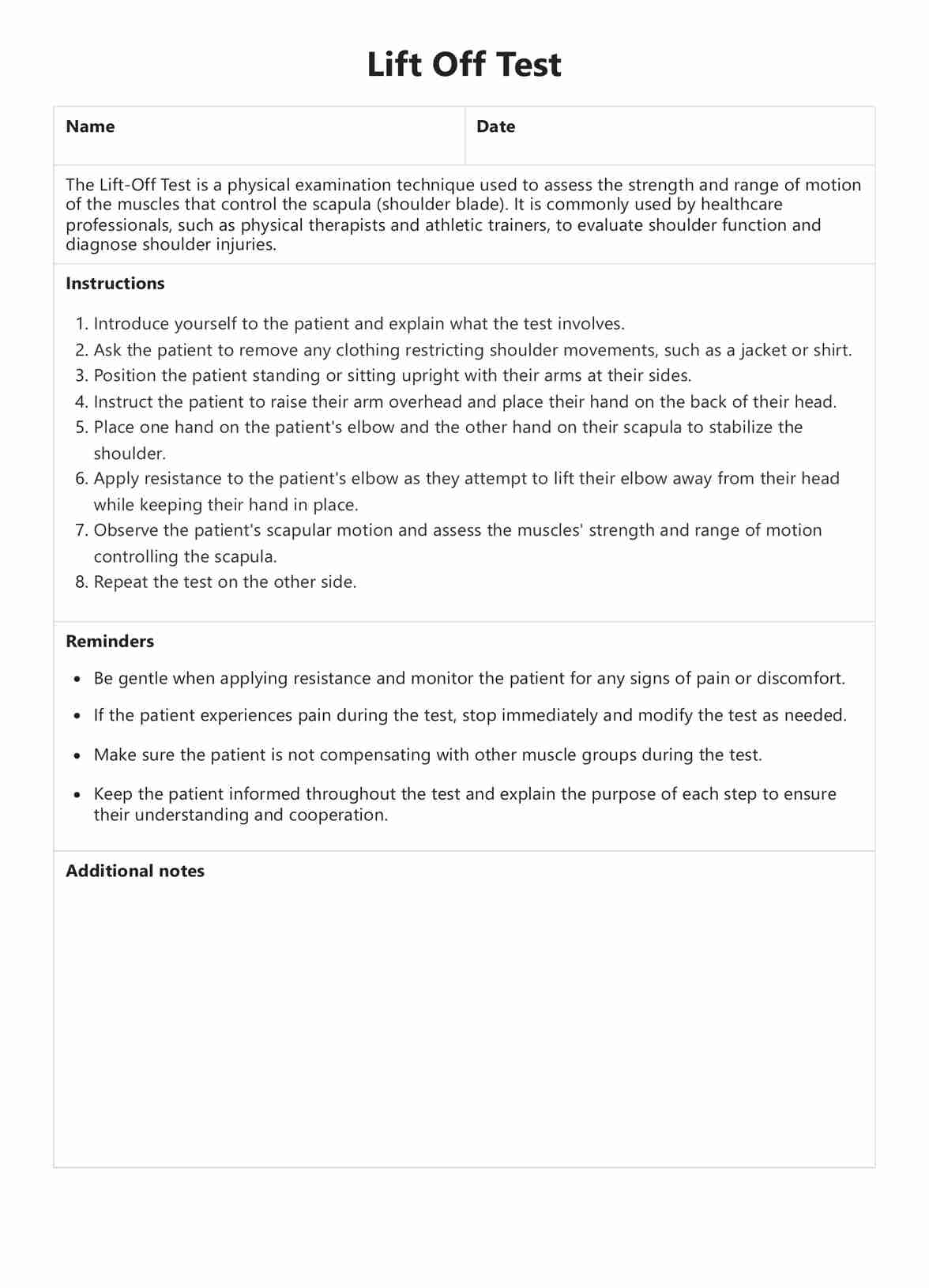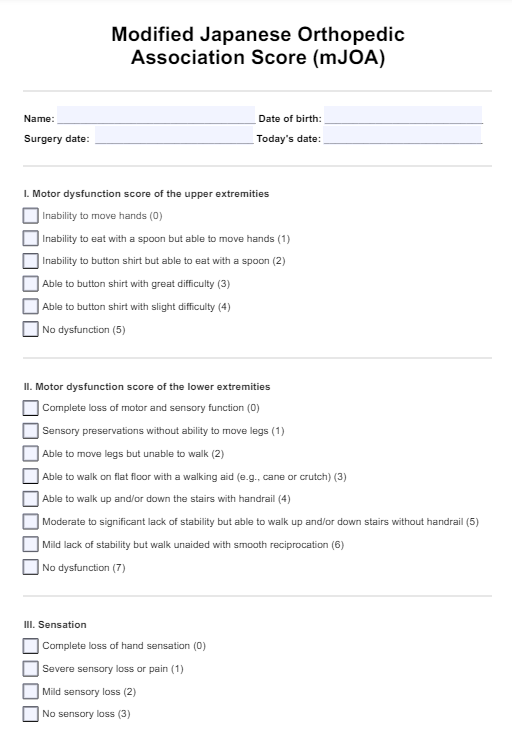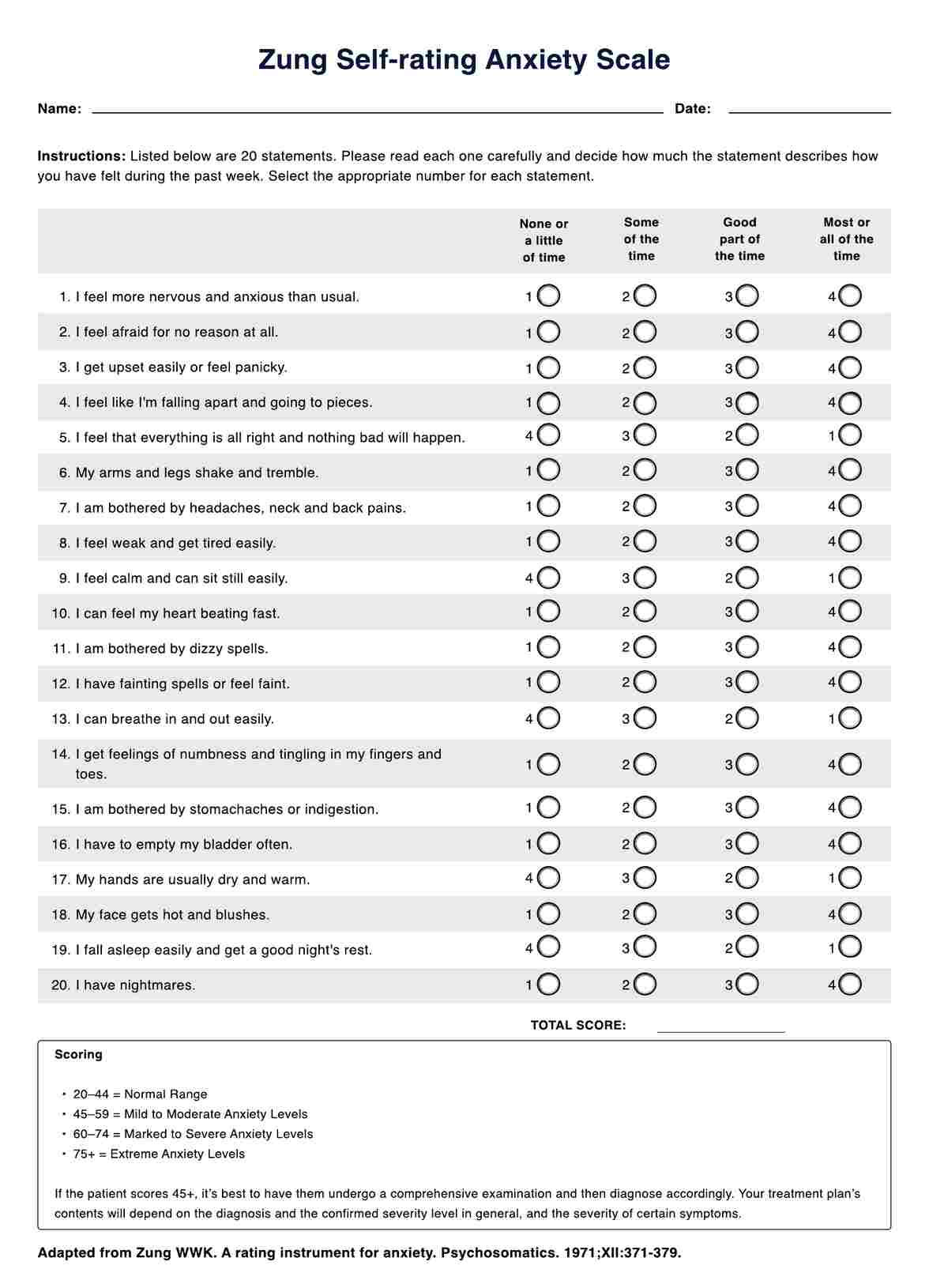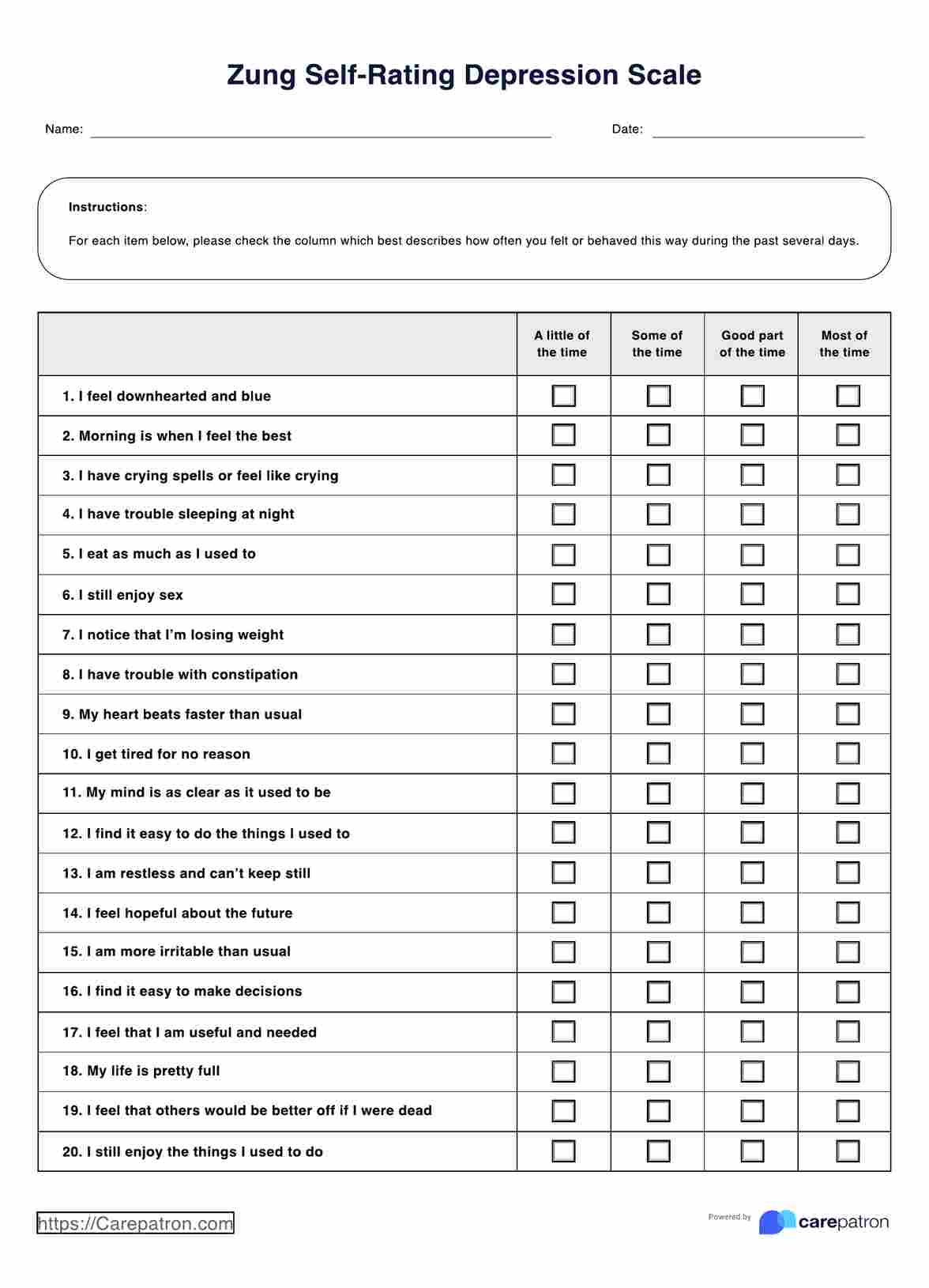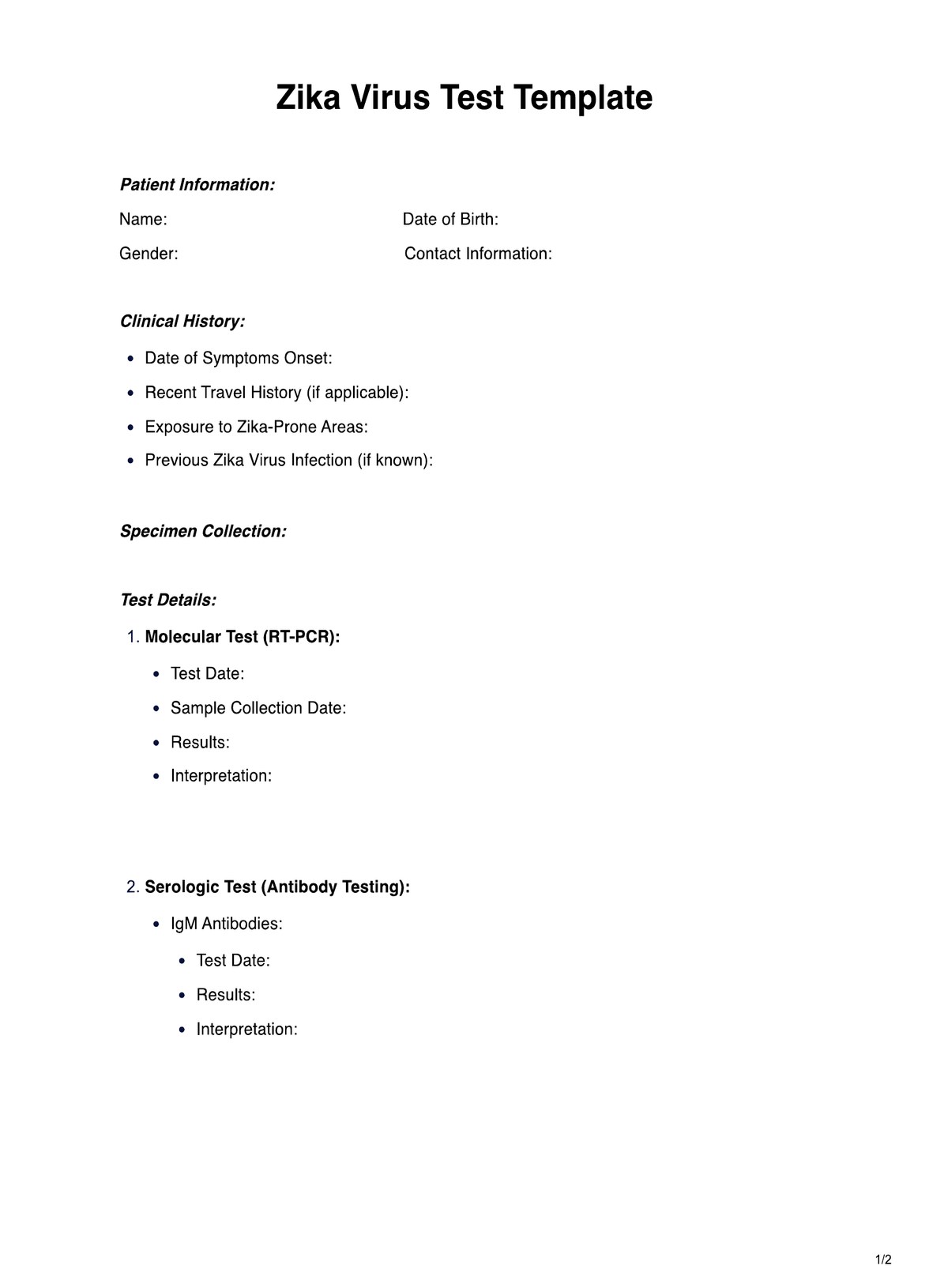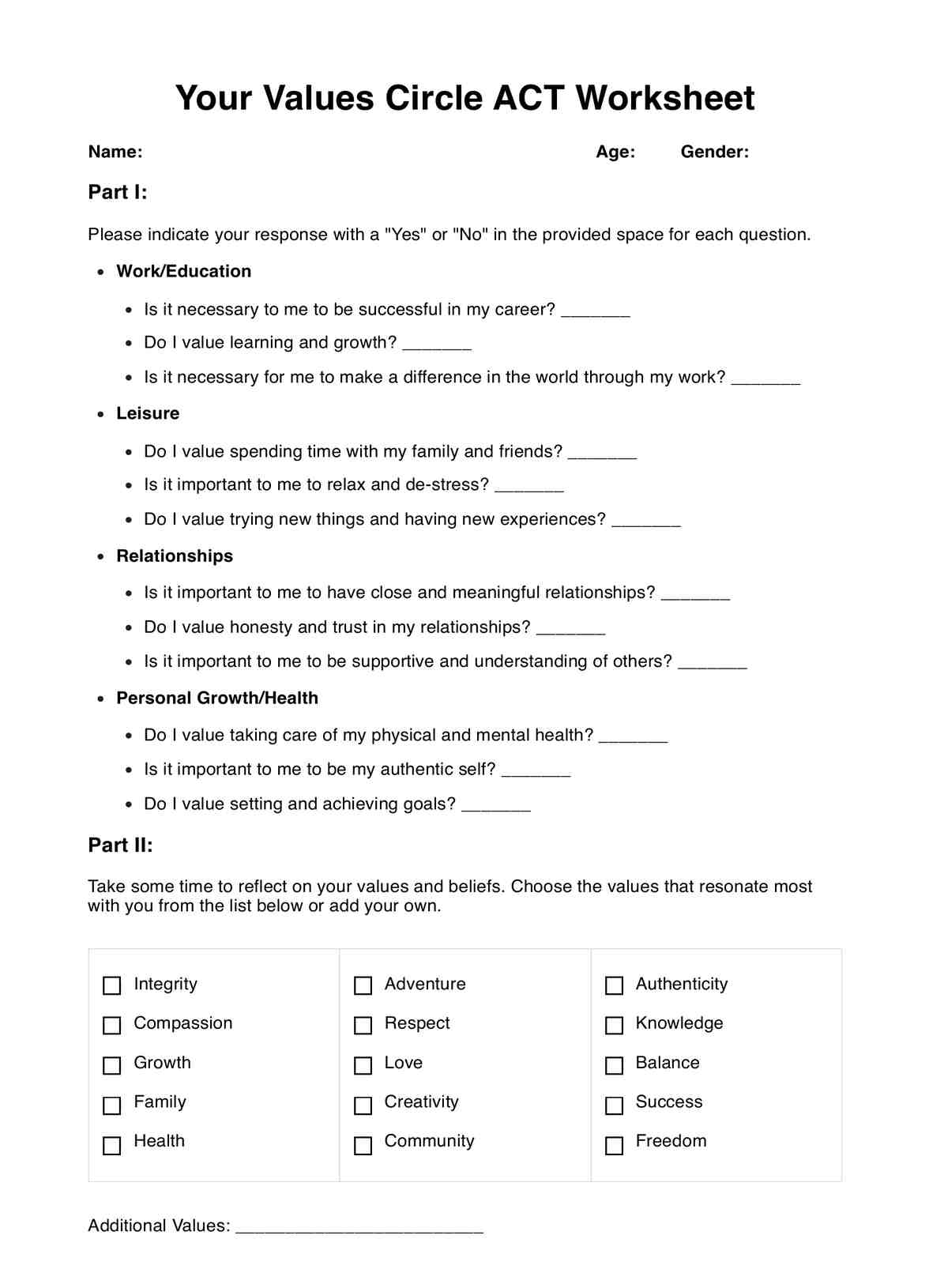The Global Rating of Change Scale (GRoC) is a self-reported measure used to assess a patient's perceived change in health, function, or symptoms over time. It typically consists of a single question asking patients to rate their improvement or decline on a numerical or categorical scale, often ranging from "much worse" to "much better."
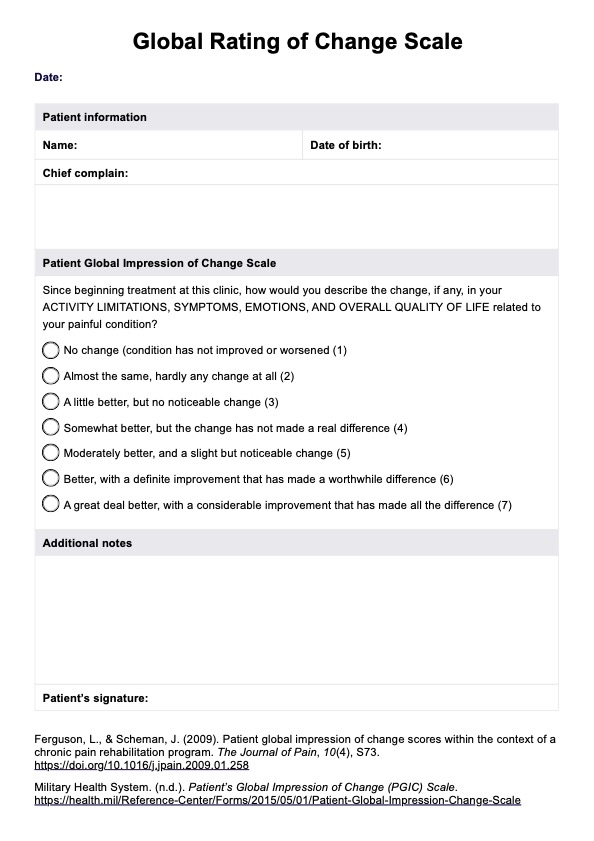
Global Rating of Change Scale
Learn how the Global Rating of Change Scale works, a key tool to assess the clinical significance of patient-reported outcomes. Get your free PDF template now.
Global Rating of Change Scale Template
Commonly asked questions
A Global Rating of Change Scale (GRoC) is a tool used in clinical and research settings to quantify a patient's subjective perception of change in their condition. It helps track treatment effectiveness by capturing how patients feel their health status has improved or worsened over a specified period.
A global rating is a broad, subjective assessment of a condition, performance, or outcome. It is often based on an individual's overall perception rather than objective measurement of patient health status changes to evaluate changes in a patient’s health status.
EHR and practice management software
Get started for free
*No credit card required
Free
$0/usd
Unlimited clients
Telehealth
1GB of storage
Client portal text
Automated billing and online payments


